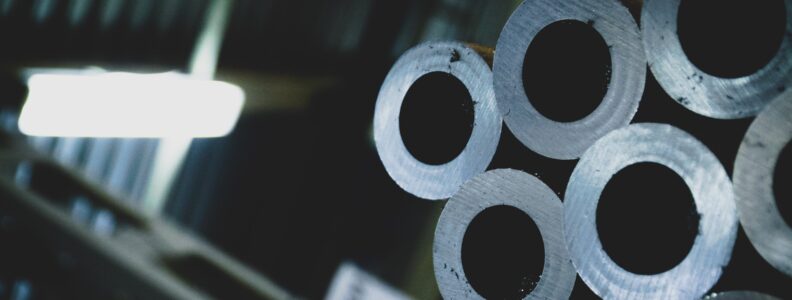# The Intricacies of Fiberglass Manufacturing: A Deep Dive
Fiberglass is a widely used material known for its strength, durability, and lightweight properties, making it ideal for a multitude of applications from automotive and boat construction to insulation and recreational products. Fiberglass manufacturing is a complex process that encompasses various methods and materials to create products that meet diverse needs. This article delves into the intricate world of fiberglass manufacturing , exploring the materials, processes, and innovations that define this evolving industry.
## Understanding Fiberglass
Before diving into the manufacturing process, it’s essential to understand what fiberglass is. Also known as glass fiber, fiberglass is a material made from extremely fine fibers of glass. It is a type of fiber-reinforced plastic where the reinforcement fiber is specifically glass fiber. These fibers can be arranged, flattened into a sheet (called a chopped strand mat), or woven into a fabric. The plastic matrix may be a thermoset polymer matrix—most often based on thermosetting polymers such as epoxy, polyester resin, or vinylester—or a thermoplastic.
## The Raw Materials
The primary raw materials used in fiberglass manufacturing include silica sand, limestone, and soda ash, which are combined in a melting furnace to form molten glass. This molten glass is then extruded through bushings to create fine glass filaments. These filaments can be treated with various chemical solutions to enhance their binding properties depending on the end-use of the product.
## The Production Process
The production of fiberglass can be broken down into several key steps: melting, forming, weaving, and finishing. Each step is crucial to the quality and characteristics of the final product.
### Melting
During the melting stage, the raw materials are loaded into a high-temperature furnace where they are heated until they melt and blend into a homogeneous mixture. This mixture is then funneled through the bushings to produce thin strands of fiberglass.
### Forming
The thin strands of fiberglass, while still hot, can be manipulated into different forms. For continuous fibers, the glass strands are drawn through the bushings in a continuous process and then cooled. These fibers can be bundled together to create rovings or chopped into specific lengths.
For fiberglass manufacturing that requires a mat or cloth form, the strands may be arranged or woven into the desired pattern. Chopped strand mats are made by randomly spraying chopped fibers onto a moving belt or table before being bound with a resin binder.
### Weaving
Fiberglass that is destined to become fabric is woven using traditional weaving techniques. The difference lies in the handling of the glass fibers, which require special attention due to their brittleness compared to traditional yarn.
### Finishing
The finishing process can include the application of a chemical binder or a coating that helps to protect the fibers during handling and molding. It may also enhance the properties of the fiberglass, such as increasing its resistance to fire, water, or chemicals.
## Applications of Fiberglass
Fiberglass is utilized in a myriad of industries due to its versatile nature. In the construction industry, it serves as an excellent insulating material. For transportation, fiberglass is used to manufacture components for vehicles and boats because it offers an optimal balance between weight and strength. Additionally, fiberglass is a mainstay in the production of sports equipment, such as surfboards and golf clubs, due to its lightweight and robust characteristics.
## Advancements in Fiberglass Technology
As technology evolves, so too does fiberglass manufacturing. Manufacturers are continuously seeking ways to enhance the quality and capabilities of fiberglass. Innovations such as E-glass and S-glass, which have improved electrical and strength properties respectively, have resulted from such endeavors. Moreover, the development of new resin systems and coatings further extends the functionality and application range of fiberglass products.
## Environmental Considerations
In contemporary fiberglass manufacturing, environmental considerations have become increasingly significant. Manufacturers are implementing sustainable practices, such as recycling fiberglass products and optimizing production processes to reduce waste and energy consumption. The industry is also developing eco-friendly resins and promoting the use of fiberglass as a lightweight alternative to traditional materials, which can help decrease energy usage in transportation applications.
## Conclusion
Fiberglass manufacturing is a sophisticated field that encompasses a spectrum of processes to produce materials that are integral to many aspects of modern life. From the careful selection of raw materials to the precision of the production process, each step is vital to ensure that the final products meet the stringent requirements of their various applications. As the industry continues to innovate and adapt to environmental concerns, fiberglass will undoubtedly remain a pivotal material, shaping the future of manufacturing and design.
